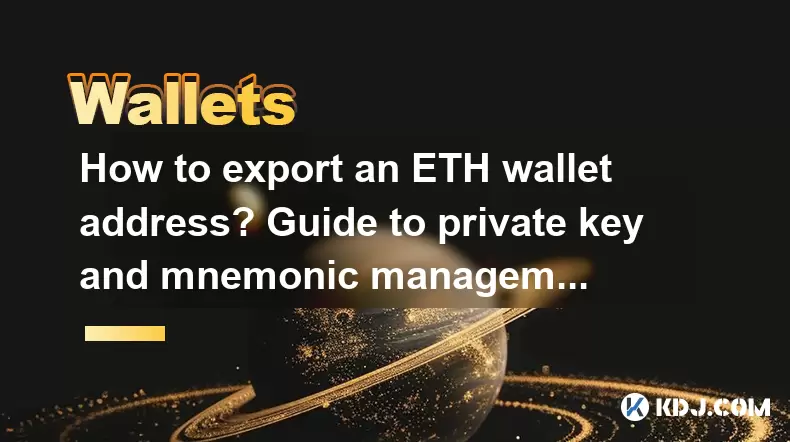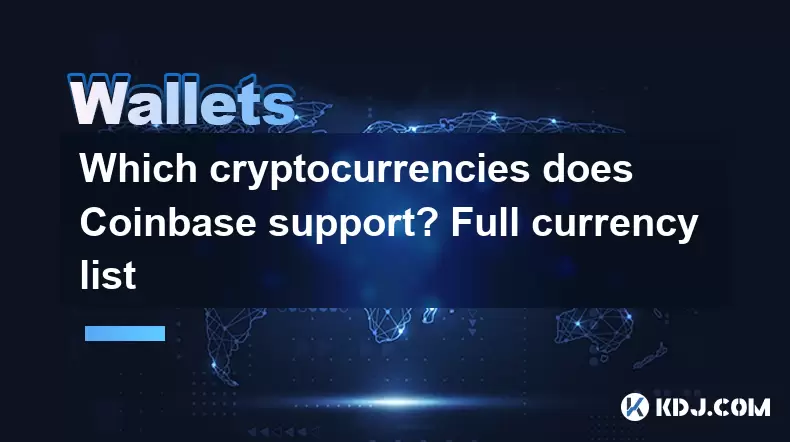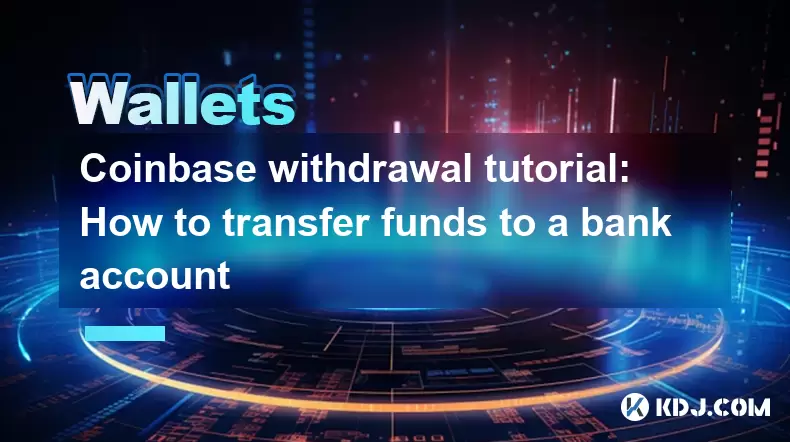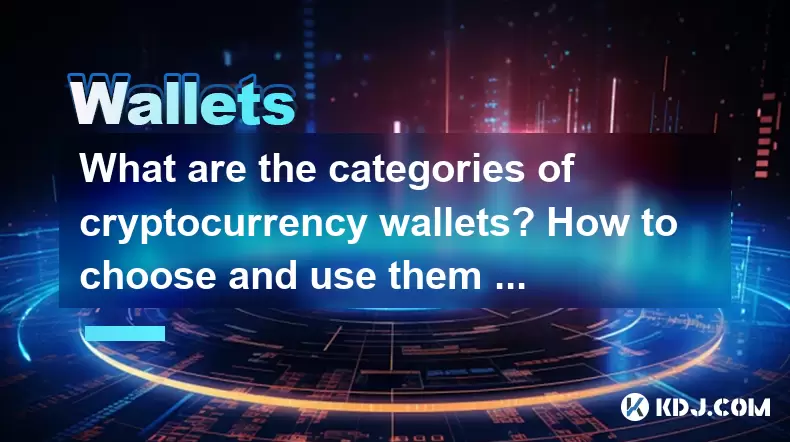-
 Bitcoin
Bitcoin $107,352.1067
0.28% -
 Ethereum
Ethereum $2,429.3531
-0.90% -
 Tether USDt
Tether USDt $1.0001
-0.02% -
 XRP
XRP $2.1894
4.62% -
 BNB
BNB $646.7968
0.36% -
 Solana
Solana $147.4290
4.03% -
 USDC
USDC $0.9998
-0.02% -
 TRON
TRON $0.2756
1.52% -
 Dogecoin
Dogecoin $0.1630
1.14% -
 Cardano
Cardano $0.5612
1.18% -
 Hyperliquid
Hyperliquid $37.0580
-0.05% -
 Bitcoin Cash
Bitcoin Cash $496.9410
-0.09% -
 Sui
Sui $2.7318
3.19% -
 Chainlink
Chainlink $13.1503
0.58% -
 UNUS SED LEO
UNUS SED LEO $9.0766
0.55% -
 Avalanche
Avalanche $17.7220
1.46% -
 Stellar
Stellar $0.2380
1.52% -
 Toncoin
Toncoin $2.8439
0.38% -
 Shiba Inu
Shiba Inu $0.0...01143
1.84% -
 Litecoin
Litecoin $85.8053
1.47% -
 Hedera
Hedera $0.1483
2.70% -
 Monero
Monero $314.3240
2.12% -
 Bitget Token
Bitget Token $4.6725
0.77% -
 Dai
Dai $1.0000
0.00% -
 Polkadot
Polkadot $3.3555
1.28% -
 Ethena USDe
Ethena USDe $1.0001
0.02% -
 Uniswap
Uniswap $7.0890
2.64% -
 Pi
Pi $0.5355
-3.40% -
 Pepe
Pepe $0.0...09393
1.06% -
 Aave
Aave $256.8136
-1.90%
How to export an ETH wallet address? Guide to private key and mnemonic management
To manage your ETH wallet, export your address using MetaMask or MEW, and securely store your private keys and mnemonic phrases, using hardware wallets and enabling 2FA for added security.
May 12, 2025 at 09:28 pm

Managing your Ethereum (ETH) wallet effectively involves understanding how to export your wallet address, and how to securely manage your private keys and mnemonic phrases. This guide will walk you through the steps to export your ETH wallet address and provide detailed instructions on managing your private keys and mnemonic phrases.
Exporting Your ETH Wallet Address
Exporting your ETH wallet address is a straightforward process, but it varies slightly depending on the wallet software you are using. Here, we will cover the process using popular wallet applications such as MetaMask and MyEtherWallet (MEW).
Using MetaMask
- Open MetaMask: Launch the MetaMask browser extension or mobile app.
- Select Account: Click on the account from which you want to export the address.
- Copy Address: Click on the three dots at the top right corner of the account card and select "Copy Address to clipboard". Your ETH wallet address is now copied and ready to be used.
Using MyEtherWallet (MEW)
- Access MEW: Go to the MyEtherWallet website and unlock your wallet using your preferred method (e.g., private key, mnemonic phrase).
- View Address: Once your wallet is unlocked, your ETH address will be displayed on the dashboard. You can click on it to copy it to your clipboard.
Understanding Private Keys
A private key is a crucial component of your ETH wallet, as it grants access to the funds stored in the wallet. It is a long string of characters that should be kept secret at all times.
The Importance of Private Key Security
- Never Share Your Private Key: Sharing your private key with anyone can lead to unauthorized access to your funds.
- Secure Storage: Store your private key in a secure location, such as a hardware wallet or a safe offline storage solution.
- Backup: Always keep a backup of your private key, but ensure that the backup is also stored securely.
Managing Your Mnemonic Phrase
A mnemonic phrase, also known as a seed phrase, is a list of words used to recover your wallet. It serves as a backup for your private keys and can be used to restore your wallet on different devices.
How to Safely Store Your Mnemonic Phrase
- Write It Down: Use a pen and paper to write down your mnemonic phrase. Avoid digital storage to reduce the risk of hacking.
- Secure Storage: Keep the written mnemonic phrase in a safe place, such as a locked drawer or a safe.
- Multiple Copies: Consider making multiple copies and storing them in different secure locations to guard against loss or damage.
Exporting Private Keys and Mnemonic Phrases
Exporting your private keys and mnemonic phrases is essential for wallet recovery and backup purposes. Here's how to do it using MetaMask and MEW.
Exporting Private Key from MetaMask
- Open MetaMask: Launch the MetaMask browser extension or mobile app.
- Select Account: Choose the account for which you want to export the private key.
- Access Settings: Click on the three dots at the top right corner of the account card and select "Account Details".
- Export Private Key: Click on "Export Private Key". You will be prompted to enter your MetaMask password. After entering the password, the private key will be displayed. Copy and securely store it.
Exporting Mnemonic Phrase from MetaMask
- Open MetaMask: Launch the MetaMask browser extension or mobile app.
- Access Settings: Click on the three dots at the top right corner of the account card and select "Settings".
- Reveal Seed Phrase: Scroll down to the "Security & Privacy" section and click on "Reveal Seed Phrases". You will be prompted to enter your MetaMask password. After entering the password, your mnemonic phrase will be displayed. Write it down and store it securely.
Exporting Private Key from MyEtherWallet (MEW)
- Access MEW: Go to the MyEtherWallet website and unlock your wallet using your preferred method.
- View Private Key: Once your wallet is unlocked, click on the "View Wallet Info" button. Your private key will be displayed on the page. Copy and securely store it.
Exporting Mnemonic Phrase from MyEtherWallet (MEW)
- Access MEW: Go to the MyEtherWallet website and unlock your wallet using your preferred method.
- View Mnemonic Phrase: Once your wallet is unlocked, click on the "View Wallet Info" button. If you used a mnemonic phrase to unlock your wallet, it will be displayed on the page. Write it down and store it securely.
Best Practices for Wallet Security
Ensuring the security of your ETH wallet involves more than just managing your private keys and mnemonic phrases. Here are some best practices to follow:
Use Hardware Wallets
- Hardware wallets provide an additional layer of security by storing your private keys offline. Popular hardware wallets include Ledger and Trezor.
Enable Two-Factor Authentication (2FA)
- Enable 2FA on your wallet and any associated accounts to add an extra layer of security.
Regularly Update Software
- Keep your wallet software and any related applications up to date to protect against known vulnerabilities.
Be Wary of Phishing Attempts
- Always verify the authenticity of websites and emails before entering any sensitive information. Phishing attempts are common in the crypto space and can lead to the theft of your private keys and funds.
Frequently Asked Questions
Q: Can I use the same mnemonic phrase for multiple wallets?
A: Yes, you can use the same mnemonic phrase to recover multiple wallets, as long as those wallets were derived from the same seed phrase. However, for security reasons, it's generally recommended to use different mnemonic phrases for different wallets.
Q: What should I do if I lose my private key and mnemonic phrase?
A: If you lose both your private key and mnemonic phrase, you will no longer have access to your wallet and the funds within it. This is why it's crucial to store them securely and make backups. If you have a backup, you can restore your wallet using the backup.
Q: Is it safe to store my private key and mnemonic phrase digitally?
A: Storing your private key and mnemonic phrase digitally increases the risk of theft or hacking. If you must store them digitally, use encrypted storage solutions and ensure that the devices are protected with strong passwords and additional security measures.
Q: Can I change my private key or mnemonic phrase?
A: You cannot change your private key or mnemonic phrase directly. If you need to update your wallet's security, you can transfer your funds to a new wallet with a new private key and mnemonic phrase. Always ensure you securely dispose of the old key and phrase after transferring your funds.
Disclaimer:info@kdj.com
The information provided is not trading advice. kdj.com does not assume any responsibility for any investments made based on the information provided in this article. Cryptocurrencies are highly volatile and it is highly recommended that you invest with caution after thorough research!
If you believe that the content used on this website infringes your copyright, please contact us immediately (info@kdj.com) and we will delete it promptly.
- SEI Mirroring Solana: Price Spikes and the Next Big Crypto?
- 2025-06-28 20:52:13
- PENGU Price Surges: Are Whales Targeting $0.0149?
- 2025-06-28 20:30:12
- Notcoin's Wild Ride: Price Swings, Market Cap, and What's Next
- 2025-06-28 20:30:12
- COMP Price Wobbles as a16z Moves Tokens Amid Crypto Jitters
- 2025-06-28 20:52:13
- Bitcoin, XRP, and Macro Trends: Navigating the Crypto Landscape in 2025 and Beyond
- 2025-06-28 20:55:12
- Navigating Offshore Casinos: A Safe Haven for US Players?
- 2025-06-28 20:55:12
Related knowledge

How to stake cryptocurrencies on Coinbase? Benefits and risks
Jun 27,2025 at 06:36pm
Understanding Cryptocurrency Staking on CoinbaseStaking cryptocurrencies involves locking up digital assets to support the operations of a blockchain network, typically in return for rewards. Coinbase, one of the most popular cryptocurrency exchanges globally, offers staking services for several proof-of-stake (PoS) coins. Users can stake their holdings...

How to contact Coinbase customer service? Support channels and response times
Jun 28,2025 at 01:29pm
Contacting Coinbase Customer Service: Support Channels and Response TimesIf you're a user of Coinbase, reaching their customer service team may become necessary for various reasons, such as account verification issues, transaction disputes, or technical difficulties. Understanding the different support channels available and what to expect in terms of r...

Coinbase advanced trading function usage tutorial: limit orders and market orders
Jun 28,2025 at 09:07pm
Understanding the Difference Between Limit Orders and Market OrdersWhen using Coinbase's advanced trading features, it is crucial to understand the fundamental difference between limit orders and market orders. A market order executes immediately at the best available price on the market. This type of order ensures that your trade goes through quickly, ...

Which cryptocurrencies does Coinbase support? Full currency list
Jun 28,2025 at 08:36am
Overview of Cryptocurrencies Supported by CoinbaseCoinbase is one of the most popular and trusted cryptocurrency exchanges globally. It provides users with a platform to buy, sell, trade, and store various digital assets. As of the latest updates, Coinbase supports over 200 cryptocurrencies, including major ones like Bitcoin (BTC), Ethereum (ETH), and L...

Coinbase withdrawal tutorial: How to transfer funds to a bank account
Jun 28,2025 at 02:35am
Understanding Coinbase WithdrawalsCoinbase is one of the most widely used cryptocurrency platforms, allowing users to buy, sell, and store digital assets. Once you've successfully traded or held your crypto on Coinbase, the next logical step may be to withdraw funds to a bank account. This process involves converting your cryptocurrency into fiat curren...

What are the categories of cryptocurrency wallets? How to choose and use them safely?
Jun 21,2025 at 10:42pm
Understanding Cryptocurrency WalletsCryptocurrency wallets are essential tools for anyone involved in the digital asset ecosystem. They allow users to store, send, and receive cryptocurrencies securely. Unlike traditional wallets that hold physical money, crypto wallets manage cryptographic keys—private and public—which interact with blockchain networks...

How to stake cryptocurrencies on Coinbase? Benefits and risks
Jun 27,2025 at 06:36pm
Understanding Cryptocurrency Staking on CoinbaseStaking cryptocurrencies involves locking up digital assets to support the operations of a blockchain network, typically in return for rewards. Coinbase, one of the most popular cryptocurrency exchanges globally, offers staking services for several proof-of-stake (PoS) coins. Users can stake their holdings...

How to contact Coinbase customer service? Support channels and response times
Jun 28,2025 at 01:29pm
Contacting Coinbase Customer Service: Support Channels and Response TimesIf you're a user of Coinbase, reaching their customer service team may become necessary for various reasons, such as account verification issues, transaction disputes, or technical difficulties. Understanding the different support channels available and what to expect in terms of r...

Coinbase advanced trading function usage tutorial: limit orders and market orders
Jun 28,2025 at 09:07pm
Understanding the Difference Between Limit Orders and Market OrdersWhen using Coinbase's advanced trading features, it is crucial to understand the fundamental difference between limit orders and market orders. A market order executes immediately at the best available price on the market. This type of order ensures that your trade goes through quickly, ...

Which cryptocurrencies does Coinbase support? Full currency list
Jun 28,2025 at 08:36am
Overview of Cryptocurrencies Supported by CoinbaseCoinbase is one of the most popular and trusted cryptocurrency exchanges globally. It provides users with a platform to buy, sell, trade, and store various digital assets. As of the latest updates, Coinbase supports over 200 cryptocurrencies, including major ones like Bitcoin (BTC), Ethereum (ETH), and L...

Coinbase withdrawal tutorial: How to transfer funds to a bank account
Jun 28,2025 at 02:35am
Understanding Coinbase WithdrawalsCoinbase is one of the most widely used cryptocurrency platforms, allowing users to buy, sell, and store digital assets. Once you've successfully traded or held your crypto on Coinbase, the next logical step may be to withdraw funds to a bank account. This process involves converting your cryptocurrency into fiat curren...

What are the categories of cryptocurrency wallets? How to choose and use them safely?
Jun 21,2025 at 10:42pm
Understanding Cryptocurrency WalletsCryptocurrency wallets are essential tools for anyone involved in the digital asset ecosystem. They allow users to store, send, and receive cryptocurrencies securely. Unlike traditional wallets that hold physical money, crypto wallets manage cryptographic keys—private and public—which interact with blockchain networks...
See all articles
























































































